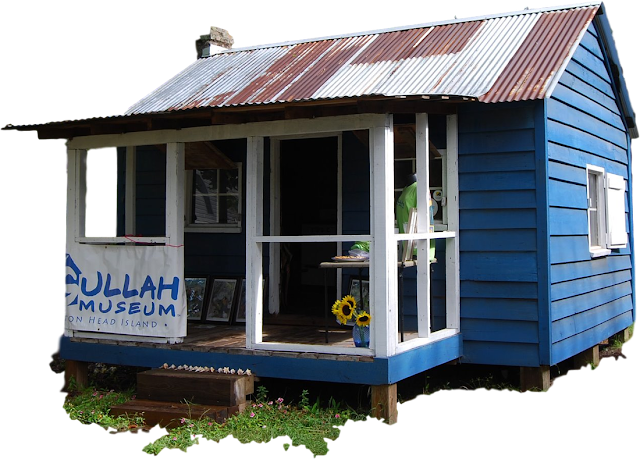Hilton Head Vacation
November 24, 2022
Explore the beauty of Gullah Museum of Hilton Head
When you are planning a getaway, there are a lot of things to look forward to. Once you decide on exploring Hilton head area, you just have to create an itinerary that will set a standard for you for a balanced visit to the Hilton Head Island.
There are a lot of places to explore in Hilton Head but a new visitor would simply head to see the Gullah museum in Hilton Head. The Gullah Museum is located in historic downtown Georgetown, South Carolina. This places a lot of traffic due to its beautiful location, The Gullah museum offers a presentation on Gullah Geechee History, animal husbandry, crop cultivation, distinctive art, animal husbandry, craft, music, food ways, naming practices, style of worship, and languages.
You will not be able to resist exploring the beauty of this stunning location. Visiting Hilton Head Island and not exploring the Gullah Geechee Culture sounds like an incomplete tour. Knowing some of the histories of the Gullah people will only enhance your curiosity to look around this place. Let us understand some of the amazing details about the Gullah Museum of Hilton Head Island.
The Reconstruction Era National Historical Park honors the post-Civil War period when people who had previously been slaves learned how to support themselves and run their affairs. Beaufort County's historic sites make up the park, which is a collection of them. Currently, it consists of four locations: Darrah Hall, the Brick Baptist Church, which is situated on St. Helena Island and is a component of the Penn Center Historic District, and the former fire station.
The Gullah Museum is a gem, the place is a quaint museum in Georgetown. You will find people seasoned in the art of storytelling. The museum also has a bunch of significant cultural relics. The collection also includes handmade afro-inspired earrings and other things.
This is a great place to start if you want to learn more about Gullah language and culture. Given that it is a relatively local business, donations are welcomed and appreciated. To fully grasp the history and tales that they can share, it is highly recommended that you visit the Gullah Museum in Georgetown. Coming here to learn and listen is a fantastic idea. The personnel here are kind and competent. I'm glad I had the opportunity to visit and had a great time.
The best way to explore the beauty of Gullah museum and have great Hilton head tours is by connecting with a professional. A trained professional will help you explore the beauty of this stunning location.
History of the Gullah People
You will not be able to resist exploring the beauty of this stunning location. Visiting Hilton Head Island and not exploring the Gullah Geechee Culture sounds like an incomplete tour. Knowing some of the histories of the Gullah people will only enhance your curiosity to look around this place. Let us understand some of the amazing details about the Gullah Museum of Hilton Head Island.
Reconstruction Era National Historical Park
The Reconstruction Era National Historical Park honors the post-Civil War period when people who had previously been slaves learned how to support themselves and run their affairs. Beaufort County's historic sites make up the park, which is a collection of them. Currently, it consists of four locations: Darrah Hall, the Brick Baptist Church, which is situated on St. Helena Island and is a component of the Penn Center Historic District, and the former fire station.
Gullah Museum of Hilton Head
The Gullah Museum is a gem, the place is a quaint museum in Georgetown. You will find people seasoned in the art of storytelling. The museum also has a bunch of significant cultural relics. The collection also includes handmade afro-inspired earrings and other things.
This is a great place to start if you want to learn more about Gullah language and culture. Given that it is a relatively local business, donations are welcomed and appreciated. To fully grasp the history and tales that they can share, it is highly recommended that you visit the Gullah Museum in Georgetown. Coming here to learn and listen is a fantastic idea. The personnel here are kind and competent. I'm glad I had the opportunity to visit and had a great time.
The best way to explore the beauty of Gullah museum and have great Hilton head tours is by connecting with a professional. A trained professional will help you explore the beauty of this stunning location.
Conclusion
To prevent future generations from forgetting, the Gullah Museum of Hilton Head Island works to revive, restore, and conserve the Gullah heritage of Hilton Head Island. The museum has demonstrated its ability to serve as a catalyst for the community by fostering knowledge of the context and impact of Gullah culture on Hilton Head Island.

















